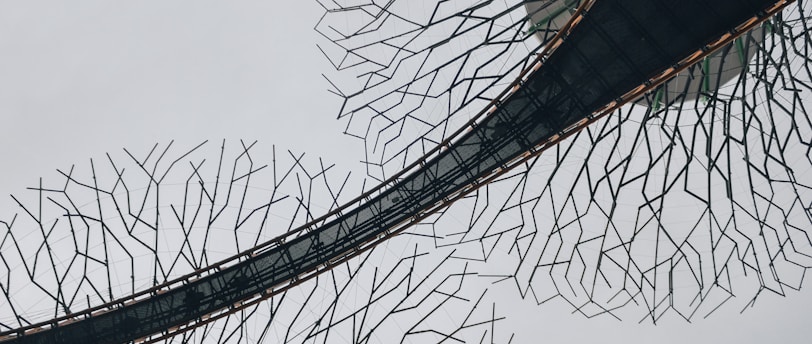Biomimicry: How Nature Can Solve Our Human Problems
Biomimicry is the practice of learning from and mimicking nature's designs and processes to solve human problems. This can be used to develop more sustainable products, materials, and systems. Here are some examples of how biomimicry is being used to solve human problems.
2 min read


Introduction
Biomimicry is a rapidly growing field that is using nature's solutions to some of the world's most pressing problems. By looking to nature for inspiration, biomimicry can help us to create more sustainable products, materials, and systems.
What is Biomimicry?
Biomimicry is the practice of learning from and mimicking nature's designs and processes to solve human problems. This can be done by studying the structure, function, and behavior of organisms, and then applying these principles to human design.
Why Biomimicry?
There are many reasons why biomimicry is a promising approach to sustainability. First, nature has had billions of years to develop efficient and effective solutions to problems. Second, nature's solutions are often based on renewable resources and closed-loop systems. Third, biomimicry can help us to create products and systems that are more aesthetically pleasing and user-friendly.
Examples of Biomimicry
There are many examples of biomimicry in use today. Some of the most well-known examples include:
Velcro: Velcro was invented by Swiss engineer George de Mestral, who was inspired by the way that burrs stuck to his clothes and dog's fur. Velcro mimics the structure of burrs, which have tiny hooks that catch onto fabric.
Sharkskin: Sharkskin is covered in tiny scales that help to reduce drag and improve swimming efficiency. Engineers have used sharkskin to create new types of swimwear and boat hulls that are more hydrodynamic.
Lotus Leaf Effect: The lotus leaf has a self-cleaning property that prevents dirt and water from sticking to its surface. This effect has been mimicked in paints and coatings that can be used to keep buildings and other surfaces clean.
Termite Mounds: Termite mounds are incredibly strong and efficient structures that can withstand extreme weather conditions. Engineers have studied termite mounds to learn how to design more durable and energy-efficient buildings.
Green Goods Guide
There are many green goods on the market that are inspired by biomimicry. Some of the most popular green goods include:
Biomimicry-inspired clothing: Many clothing brands now offer biomimicry-inspired clothing that is made from sustainable materials and features designs that are inspired by nature.
Biomimicry-inspired home goods: There are also many biomimicry-inspired home goods available, such as furniture, kitchenware, and cleaning products.
Biomimicry-inspired technology: Biomimicry is also being used to develop new technologies, such as solar panels that are inspired by the leaves of plants.
Conclusion
Biomimicry is a promising approach to sustainability that has the potential to solve some of the world's most pressing problems. By learning from nature, we can create more sustainable products, materials, and systems that will help us to protect the environment and build a more sustainable future.
Meta Title: Biomimicry: How Nature Can Solve Our Human Problems
Meta Description: Biomimicry is the practice of learning from and mimicking nature's designs and processes to solve human problems. This can be used to develop more sustainable products, materials, and systems. Here are some examples of how biomimicry is being used to solve human problems.
